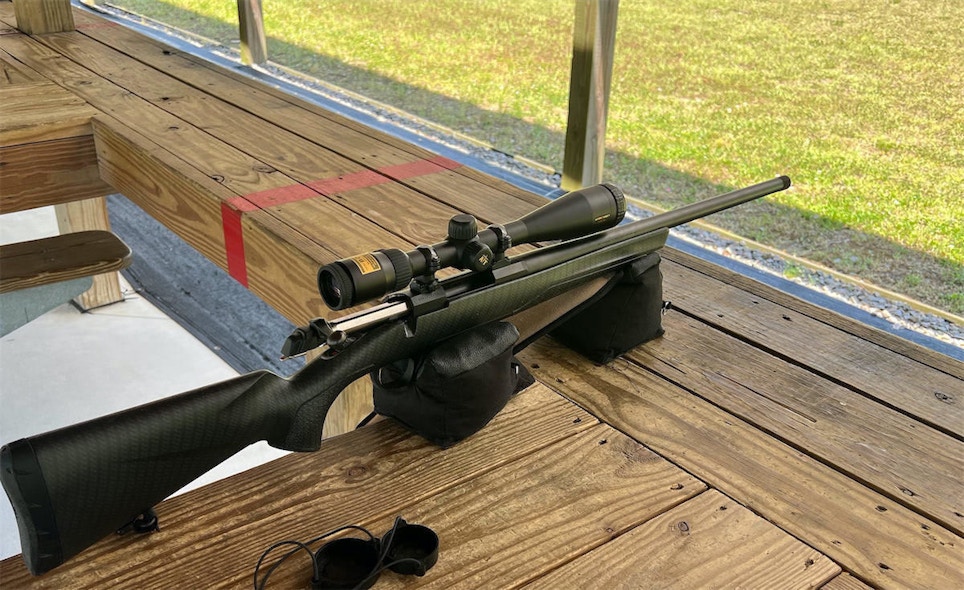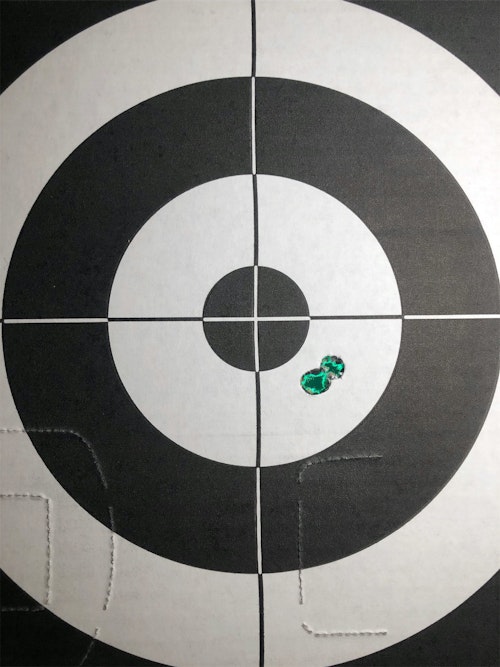There is one universal among every customer buying a rifle: They all seek accuracy. It doesn’t matter if they’re hunting densely wooded terrain or shooting steel at 1,000 yards and beyond, accuracy is one of the top things on their mind. As a salesperson, talking about proper break-in procedures is a terrific way to engage your customers’ imagination and have them picture themselves owning and using the gun you are discussing.
Most rifles are surprisingly accurate from the manufacturer, but your goal is to help them transform a good gun into a great one. When rifles are machined and assembled, there is only so much time allowed for each process. Manufacturers machine the barrel to give good accuracy but don’t have the time to get it to its maximum accuracy. That’s where you, as the knowledgeable salesperson, can help customers reach their goal by discussing proper barrel break-in procedures.
The Benefits
The accuracy improvement is the main benefit from properly breaking in a barrel, but it’s not the only one. Going through the procedure also makes the rifle bore less likely to foul with copper deposits and easier to clean after each use. Once copper collects in the barrel, it attracts more copper. Fouling will accumulate faster and will result in reduced accuracy. Proper break-in will significantly reduce this fouling.
All barrels will eventually break in through normal use. Accuracy will increase as the time and number of rounds increase. Following the proper break-in procedure will not only improve accuracy, it will also do it as quickly as possible. The sooner it occurs, the better for the customer, because they will enjoy a longer period of accurate shooting than they otherwise would.
How it Works
When barrels are made, the process of cutting the lands and grooves leaves machining marks on the surface of the bore. It may look perfectly smooth, just as a knife can look sharp to the naked eye yet still not cut smoothly. Using an abrasive across the knife blade will remove tiny imperfections in the metal and make it extremely sharp. The same thing happens to the rifle bore. Copper bullets act as an abrasive against the bare metal and remove those tiny imperfections left from the manufacturing process. The smoother the bore, the more accurate and consistent it will shoot. Every barrel manufacturer has its own break-in procedure. This doesn’t mean that one is better than the other. It just shows that there are many ways to achieve the same goal. There is no one best way.
The Process
The first factor is that the rifle bore and bullets must be clean and free from any lubricants, copper, or any other contaminate. It’s the friction between the bore and the bullet that does the work, so it’s necessary that there be nothing between the bare metal of the bore and the bare copper of the bullet. Use a good copper solvent and thoroughly clean the barrel until the patches come out clean. Keep in mind that the overall goal is for the bullets to burnish the barrel and remove imperfections. The use of a non-metal, one-piece cleaning rod and a bore guide is highly recommended as is a proper jag. Metal rods may add scratches and other imperfections to the bore. Also remember that cleaning must always be in the direction the bullet travels – from breech to muzzle.
Once thoroughly cleaned, the break-in process can begin. It involves firing one bullet at a time then thoroughly cleaning the bore to remove any residue that will prevent the full metal-on-metal contact between the bore and the next bullet. After doing this several times, the process can be reduced by cleaning after every third shot. It is then reduced to cleaning between each five-shot string of fire. The overall process looks like this:
1. Clean the rifle bore thoroughly to remove any lubricants.
2. Ensure the bullets are copper without any lubricants
3. Fire one bullet then thoroughly clean the bore. Repeat five to 10 times.
4. Begin firing three-shot groups between cleanings. Repeat five to 10 times.
5. Begin firing five-shot groups between cleanings. Repeat five to 10 times.
6. Once finished, thoroughly clean then lubricate the bore for protection during storage.
Selling
Customer service means meeting your customers’ needs — even the ones they don’t yet know exist. The customer may falsely believe that all they have to do is buy the right gun to achieve maximum accuracy. Going through the break-in process allows you to intensify their interest in the gun while also getting them the other equipment necessary based on what they are trying to accomplish. It’s a win-win proposition.







